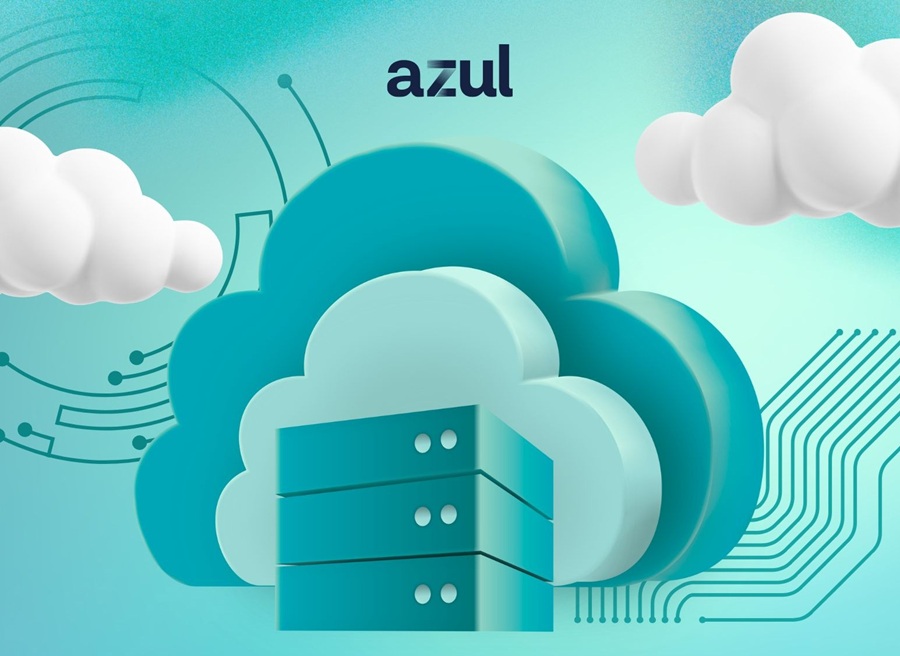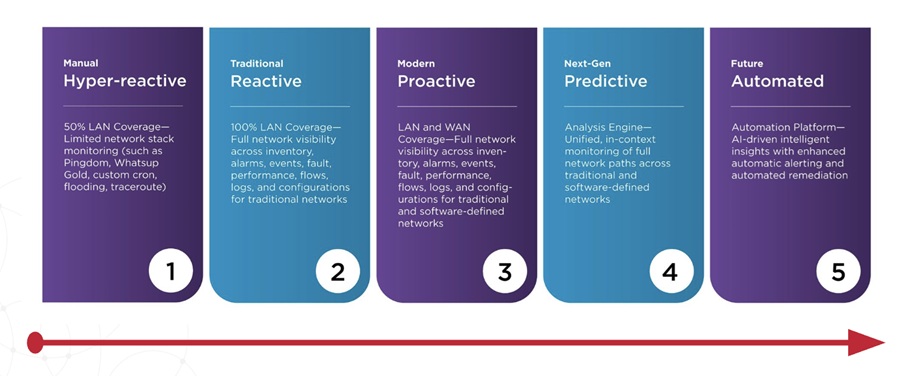"Application Bloat" is a significant and growing problem, according a Harris Interactive survey, commissioned by Quest Software to reveal the financial and operational impact that managing massive numbers of applications have on enterprise IT environments.
While CIOs understand the critical role that applications play in driving business transactions and processing revenue goals, they have been slow to respond to “application bloat” — the accumulation of applications that consume resources and can cost their companies millions of dollars if left unchecked.
According to the survey - conducted in June 2012 of 150 senior IT decision-makers from organizations with more than 500 applications and $500 million-plus in revenue - it is common for an organization to have thousands of unused or little-used apps, which translate to software overload and often poor application performance.
According to the survey, 52 percent of respondents estimate that slow, crashed or unresponsive applications cost their business at least hundreds of thousands of dollars per year.
- Tens of thousands of dollars: 31 percent
- Hundreds of thousands of dollars: 22 percent
- Millions of dollars: 22 percent
- Tens of millions of dollars or more: 7 percent
In a typical day, a majority (57 percent) use less than 249 applications (half of total apps), while 28 percent said they use less than 50 apps and, of those accessed daily, 76 percent say they access less than half more than five times a day.
Respondents indicate that only 21 percent have deployed cloud-based applications, while 79 percent of apps are currently run on-premise.
58 percent of respondents say the performance of applications has a major impact on the performance of their business.
77 percent of respondents would choose IT efficiency over reducing staff or outsourcing if told to reduce IT related operating costs.
According to Quest, better application performance monitoring (APM) tools can help IT managers fully grasp how well all applications are performing, and negate the effects of application bloat.
The Latest
As enterprises accelerate their cloud adoption strategies, CIOs are routinely exceeding their cloud budgets — a concern that's about to face additional pressure from an unexpected direction: uncertainty over semiconductor tariffs. The CIO Cloud Trends Survey & Report from Azul reveals the extent continued cloud investment despite cost overruns, and how organizations are attempting to bring spending under control ...

According to Auvik's 2025 IT Trends Report, 60% of IT professionals feel at least moderately burned out on the job, with 43% stating that their workload is contributing to work stress. At the same time, many IT professionals are naming AI and machine learning as key areas they'd most like to upskill ...
Businesses that face downtime or outages risk financial and reputational damage, as well as reducing partner, shareholder, and customer trust. One of the major challenges that enterprises face is implementing a robust business continuity plan. What's the solution? The answer may lie in disaster recovery tactics such as truly immutable storage and regular disaster recovery testing ...
IT spending is expected to jump nearly 10% in 2025, and organizations are now facing pressure to manage costs without slowing down critical functions like observability. To meet the challenge, leaders are turning to smarter, more cost effective business strategies. Enter stage right: OpenTelemetry, the missing piece of the puzzle that is no longer just an option but rather a strategic advantage ...
Amidst the threat of cyberhacks and data breaches, companies install several security measures to keep their business safely afloat. These measures aim to protect businesses, employees, and crucial data. Yet, employees perceive them as burdensome. Frustrated with complex logins, slow access, and constant security checks, workers decide to completely bypass all security set-ups ...

In MEAN TIME TO INSIGHT Episode 13, Shamus McGillicuddy, VP of Research, Network Infrastructure and Operations, at EMA discusses hybrid multi-cloud networking strategy ...
In high-traffic environments, the sheer volume and unpredictable nature of network incidents can quickly overwhelm even the most skilled teams, hindering their ability to react swiftly and effectively, potentially impacting service availability and overall business performance. This is where closed-loop remediation comes into the picture: an IT management concept designed to address the escalating complexity of modern networks ...
In 2025, enterprise workflows are undergoing a seismic shift. Propelled by breakthroughs in generative AI (GenAI), large language models (LLMs), and natural language processing (NLP), a new paradigm is emerging — agentic AI. This technology is not just automating tasks; it's reimagining how organizations make decisions, engage customers, and operate at scale ...
In the early days of the cloud revolution, business leaders perceived cloud services as a means of sidelining IT organizations. IT was too slow, too expensive, or incapable of supporting new technologies. With a team of developers, line of business managers could deploy new applications and services in the cloud. IT has been fighting to retake control ever since. Today, IT is back in the driver's seat, according to new research by Enterprise Management Associates (EMA) ...
In today's fast-paced and increasingly complex network environments, Network Operations Centers (NOCs) are the backbone of ensuring continuous uptime, smooth service delivery, and rapid issue resolution. However, the challenges faced by NOC teams are only growing. In a recent study, 78% state network complexity has grown significantly over the last few years while 84% regularly learn about network issues from users. It is imperative we adopt a new approach to managing today's network experiences ...

